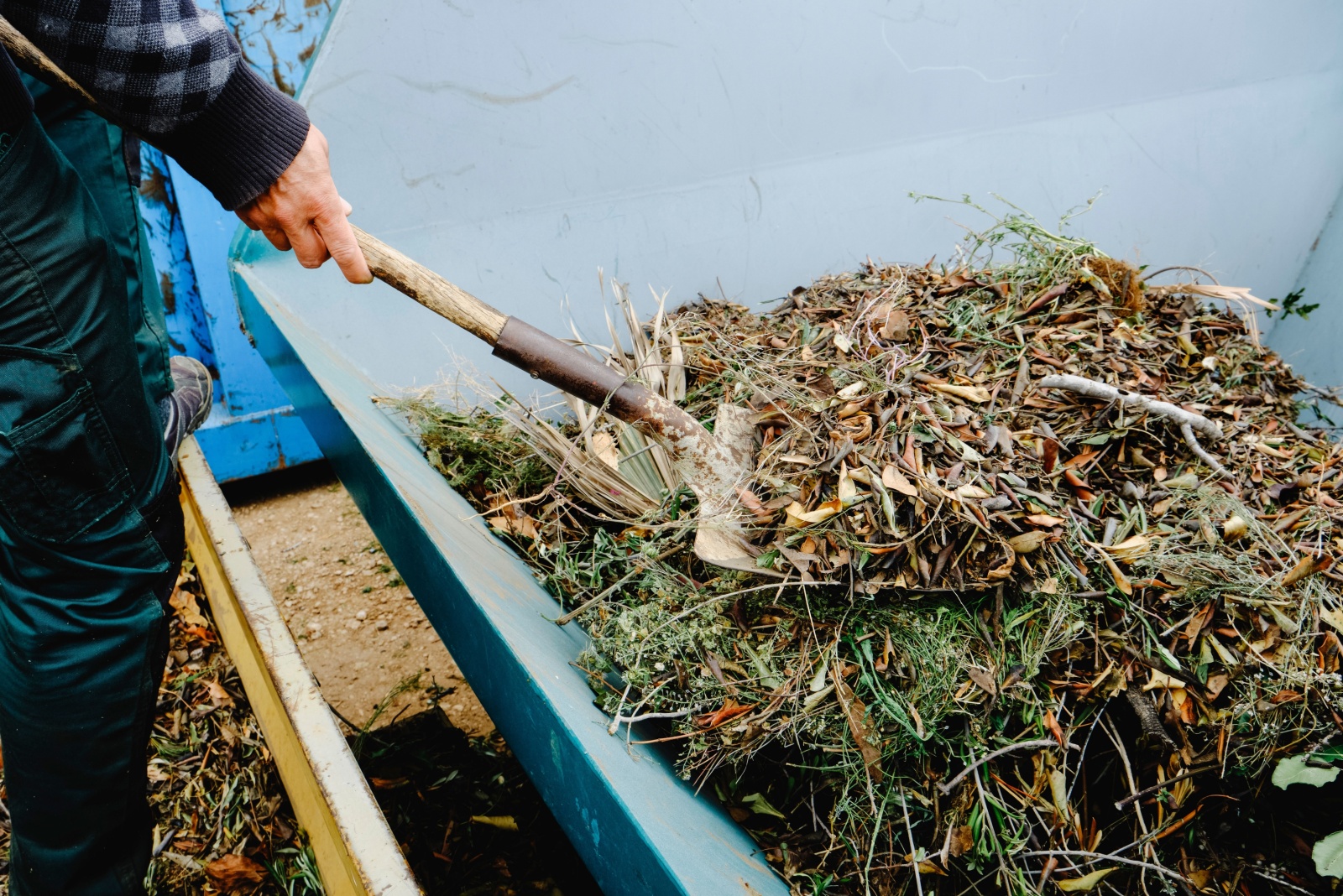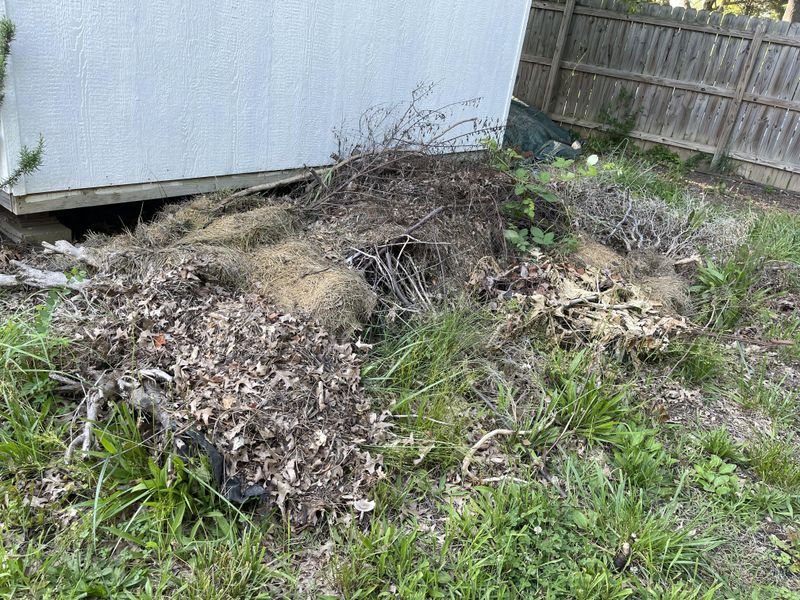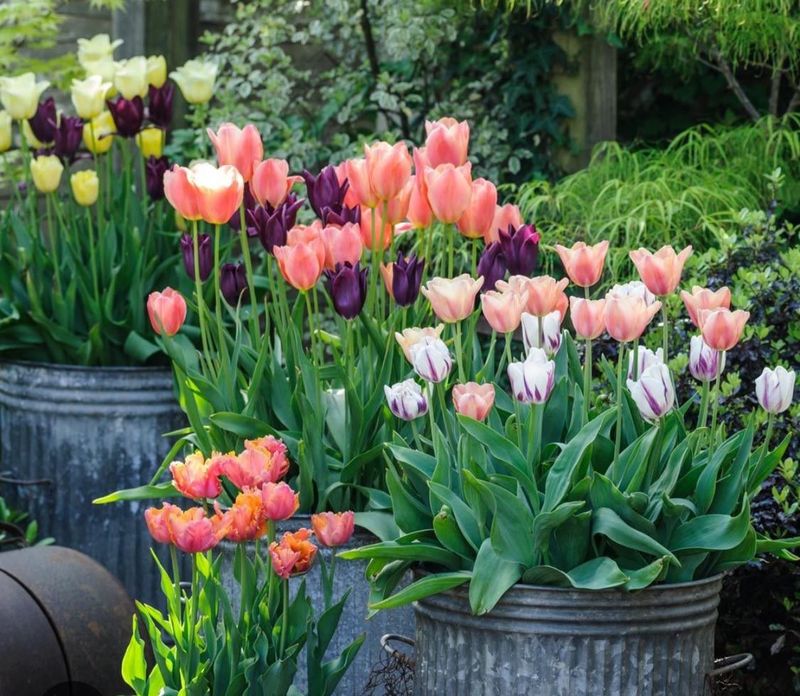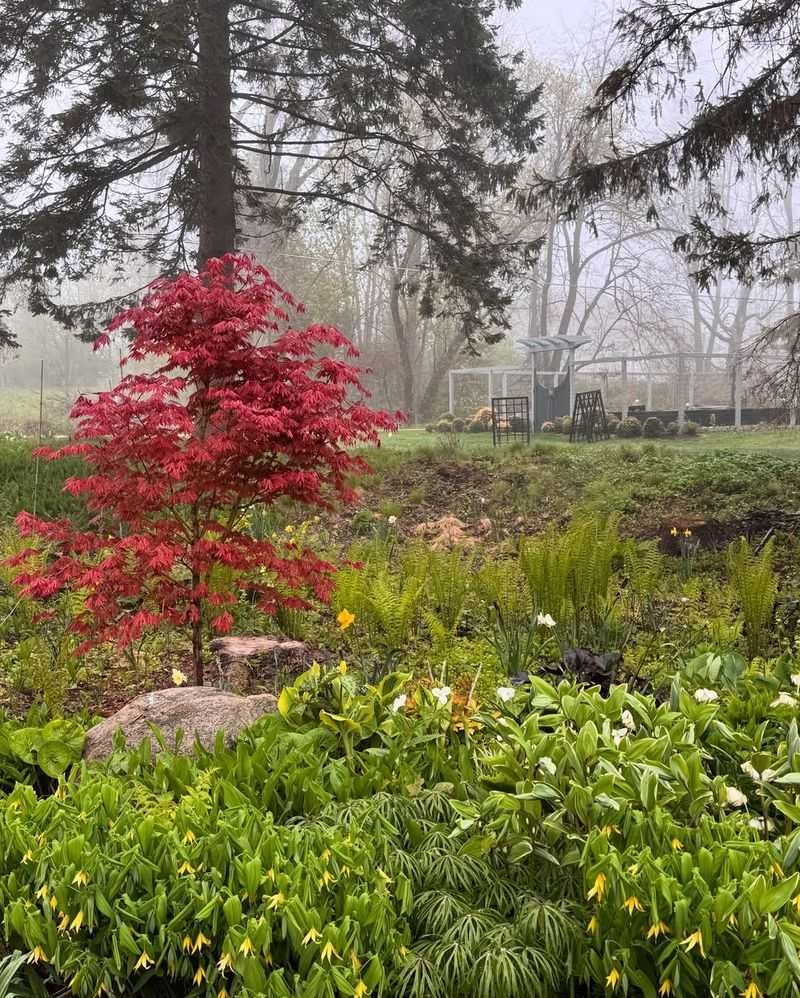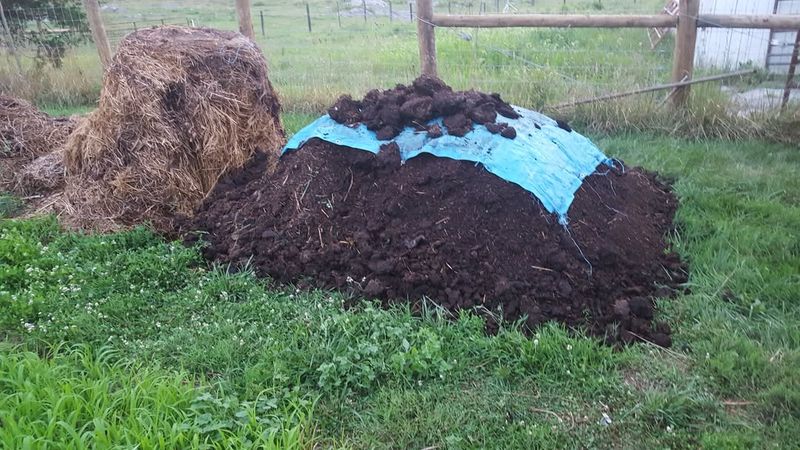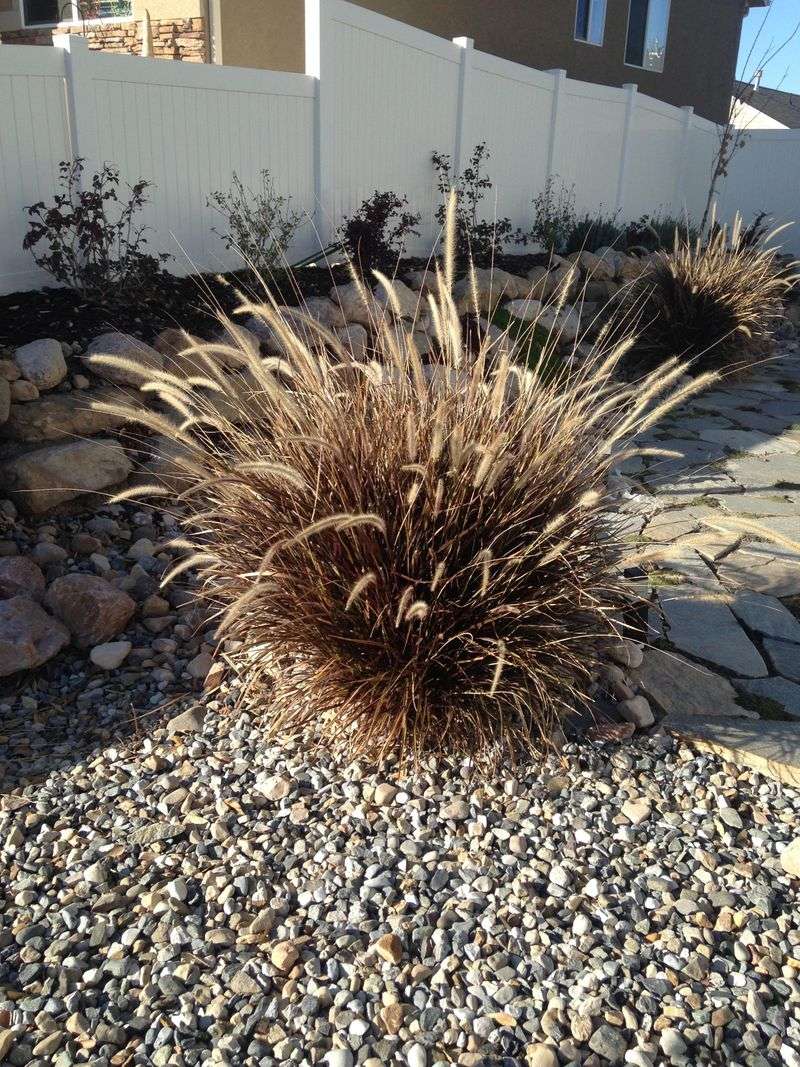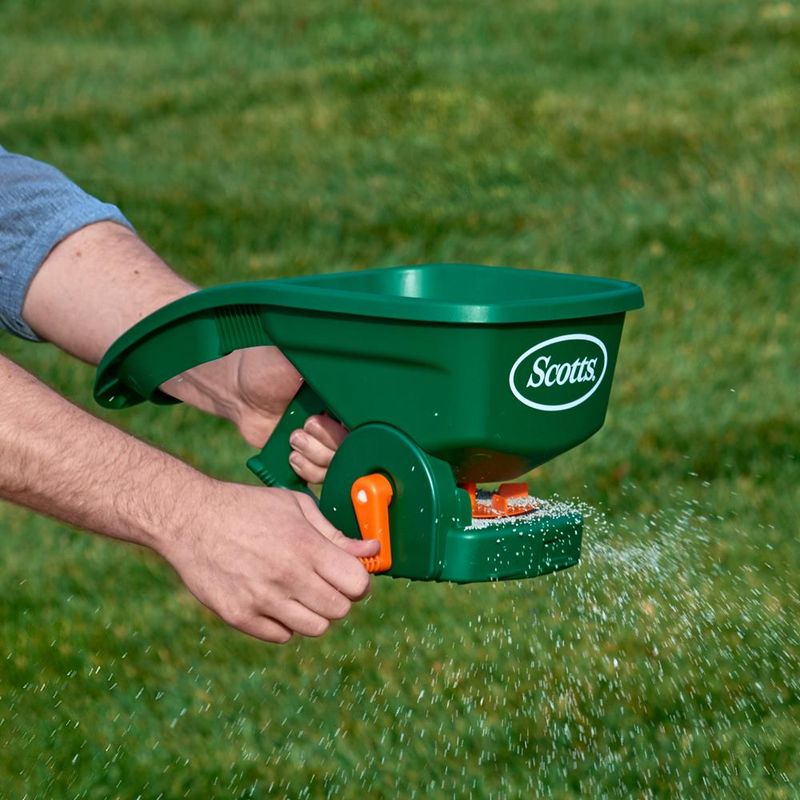As fall winds down and winter approaches, Connecticut gardeners face an important transition period. Late fall is your last chance to prepare your garden for the cold months ahead and set the stage for a vibrant spring.
Taking care of a few essential tasks now can protect your plants, improve your soil, and save you time when warmer weather returns.
1. Mulch Perennial Beds Generously
Protecting your perennials with a thick layer of mulch acts like a cozy blanket during Connecticut’s harsh winters. Apply three to four inches of shredded leaves, straw, or wood chips around plants after the ground begins to freeze.
Mulching prevents the damaging freeze-thaw cycles that can heave plants right out of the soil. Wait until temperatures consistently drop to avoid creating a warm home for rodents and pests that might damage your plants over winter.
2. Clean Up Garden Debris Thoroughly
Fallen leaves, diseased plant material, and rotting vegetables can harbor diseases and pests through winter. Remove spent annuals, diseased foliage, and any plant debris that looks unhealthy from your garden beds.
However, leaving some seed heads and sturdy stems benefits wildlife by providing food and shelter. Strike a balance between tidiness and creating habitat for beneficial insects and birds that will help your garden thrive next season.
3. Plant Spring-Blooming Bulbs
Late fall offers your final opportunity to tuck tulips, daffodils, and crocuses into the ground before it freezes solid. Plant bulbs about six to eight weeks before the ground typically freezes in Connecticut, usually mid-October through November.
Bury them at a depth three times their height with the pointed end facing upward. Adding bone meal to the planting hole gives bulbs extra nutrients, ensuring spectacular blooms when spring finally arrives after the long winter.
4. Protect Tender Shrubs And Trees
Young trees and delicate shrubs need extra protection from Connecticut’s winter winds, heavy snow, and hungry deer. Wrap trunks with burlap or tree guards to prevent sunscald and rodent damage during cold months.
Build simple burlap screens around evergreens vulnerable to windburn and salt spray from roads. Anti-desiccant sprays applied to broad-leaved evergreens like rhododendrons help reduce moisture loss, keeping foliage healthy until spring growth begins again.
5. Drain And Store Garden Hoses
Water left inside hoses and irrigation systems can freeze, expand, and cause expensive damage during Connecticut winters. Disconnect all hoses from outdoor faucets and drain them completely by stretching them out on a slope.
Store hoses in a garage or shed where they won’t be exposed to freezing temperatures. Remember to shut off and drain outdoor faucets and sprinkler systems too, preventing burst pipes that could create serious problems when temperatures plummet below freezing.
6. Amend Soil With Compost
Fall is actually the perfect time to improve your garden soil for next year’s growing season. Spread a generous layer of compost or well-rotted manure over empty beds and gently work it into the top few inches.
Over winter, earthworms and microorganisms break down organic matter, enriching the soil naturally. You can also conduct a soil test now to determine if lime or other amendments are needed, giving them months to adjust pH levels before spring planting begins.
7. Cut Back Ornamental Grasses
While ornamental grasses provide beautiful winter interest with their golden plumes and seed heads, some gardeners prefer cutting them back in late fall. If you choose to trim them now, leave about four to six inches of growth above the ground.
Many experts actually recommend waiting until early spring to cut grasses, as the foliage protects crowns from extreme cold. Either way works fine in Connecticut—it simply depends on your aesthetic preferences and how much winter structure you want in your landscape.
8. Apply Winter Fertilizer To Lawns
A late fall fertilizer application, often called winterizing, strengthens grass roots and promotes early spring green-up. Apply a slow-release fertilizer high in potassium around mid-November when grass stops growing but roots remain active.
This feeding helps Connecticut lawns survive winter stress and recover quickly from snow mold and other cold-weather damage. Avoid high-nitrogen fertilizers now, as they encourage tender top growth that winter weather will simply destroy anyway.

